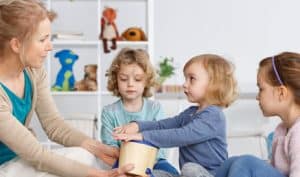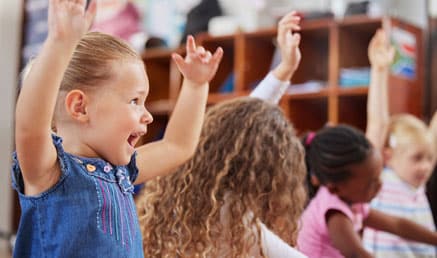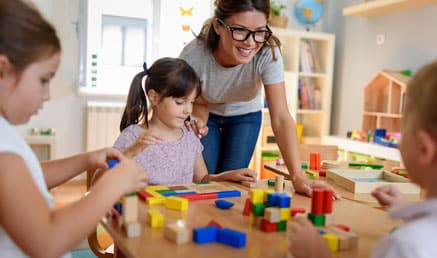
“It’s our polite nudge in the ribs to help you and your team stay organised and on task.”
This week’s subject is Program learning opportunities.
Element 1.1.3: All aspects of the program, including routines, are organised in ways that maximise opportunities for each child’s learning.
How do educators adopt a holistic approach to maximising program learning opportunities across all aspects of service delivery?
To effectively amplify and seize learning opportunities across all aspects of service delivery, educators must be intentional in their actions and interactions. By doing so, they ensure that children are provided with a wide range of experiences that challenge their thinking and foster their learning. This intentional approach not only enriches the educational environment but also empowers children to explore, inquire, and engage deeply with the world around them.
Educators who engage in intentional actions recognise that learning occurs in social contexts, and that interactions and conversations are vitally important for learning. They actively promote children’s learning through worthwhile and challenging experiences and interactions that foster high-level thinking skills.
Ensure educators recognise and respond to the learning opportunities available during routine times such as mealtimes, nappy change, toileting routines, transitioning from one part of the day to another or one learning environment to another. These routines offer opportunities to extend children’s thinking, curiosity and language development, promote problem solving skills and foster connectedness and a sense of belonging.
Educators use a range of strategies, including open ended questioning to provide opportunities for children to direct and initiate learning experiences followed by the opportunity to go back, reflect, discuss and evaluate children’s learning at different parts of the day.
Documentation:
Evidence of how educators maximise children’s learning in all aspects of service delivery can be documented in:
-
- Educational program and evaluations
- Reflection journal
- Observations
- Meeting minutes
- Daily diary/ weekly report
- Portfolios
- Policies
- Posts shared with families online
Resources:
Element 1.1.3: Program learning opportunities
EYLF- Continuity and transitions
EYLF- Play-based learning and intentionality
MTOP- Play, Leisure and Intentionality
MTOP- Continuity and transitions
We Hear You- Learning Through Play and Leisure
Within System7 go to Quality Area 1/Module 3 to submit self-assessment notes and if required, open a QIP issue if you identify any areas of improvement.
The Childcare Centre Desktop has a range of resources to support the Educational Leader and Educators with creating a cycle of planning that is child centred, thoughtfully planned, meaningful, challenging and engaging for all children. These include Educational Program policies and procedures, Assessment and Planning Cycle Guide and Procedure, Observation records, Assessment and Planning Cycle audits, Critical Reflections Template and more.
Resources, NQS Element, Regulation and System7 links:
Childcare Centre Desktop – Childcare Centre Desktop
National Quality Standard – QA1 / Element: 1.1.3- Program Learning Opportunities
National Regulations – 73, 74, 155, 156
System7 Module – QA1 / Module 3
If you have any questions send us a note via the Contact page here!




